Gemstone Meaning and Mythology
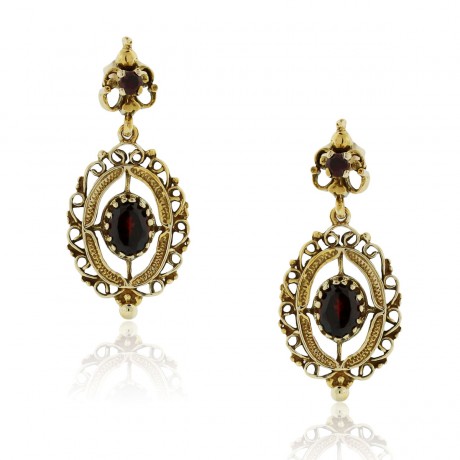
Your favorite gemstone may be your favorite simply because you like the color or shape of it. Maybe it holds some personal meaning, perhaps your first boyfriend or girlfriend gave you an onyx ring, for instance. Of course, the personal meaning that we attach to a stone is what is most important. We’re told that diamonds are the go-to for weddings, but if you don’t like diamonds and gold bands so much, there’s nothing wrong with a jade stone on a silver band. That said, you may like to know the legends that come with some of the more popular gemstones.
Garnet
Garnet is thought to be a “traveler’s stone,” something of a good luck charm to carry with you on adventures. This may have to do with the fact that Noah (the guy with the Ark) was thought to have carried a garnet lantern in order to navigate through the night on board his boat. Today the stone is associated with success in business and personal dealings, helping travelers in every walk of life to find their way.
Jade
In China, jade is a stone associated with prosperity and health. The stone is often used for carvings of dragons and in Feng Shui. Jade bangles are thought to serve as protection for the wearer, but here’s the catch: the bangle has to be carved from a single piece of jade. Wearing a dozen around a silver bracelet, for instance, won’t do the job. Jade is also thought to make the wearer more open to love and connection (think of it as a great second-date gift).
Moonstone
Moonstone features in many legends from around the world. The Hindu legend has it that moonstones are formed from actual moonbeams, and you could use them to see the future by holding one in your mouth during a full moon. In India, the stone is thought to bring good fortune to its wearer, while Arab countries would sew moonstones into women’s underwear to improve fertility. The ancient Romans thought the stone to be formed by drops of moonlight and were symbols of romance and femininity. Generally, the stone has been associated with the moon, and with whichever ideas a given culture associates with the moon itself.
Turquoise
Turquoise is perhaps most associated with Mesoamericans and Native Americans, although Egyptian and Tibetan cultures hold a similar reverence for the stone. Some cultures think that the stone reflects the health of the wearer, taking on more vivid color when the wearer is healthy, and dimming when they are not well. The stone is still used today as a good luck charm in career and travel.
Amethyst
The legend of amethyst is owed to Dionysius, the Greek god of intoxication. The story goes that Dyonysius was pretty peeved one day when a mere human insulted him, so he decided to take it out on the next person he met. That happened to be a young woman named Amethyst. Dionysius sent some tigers after Amethyst to work out his frustrations, while Diana turned her into crystalline quartz to protect her from the attack. Dionysius looked at the beautiful statue and cried in remorse, his tears of wine staining the quartz purple. Today the stone is thought to calm one’s emotions, just as it calmed Dionysius in Greek myth.

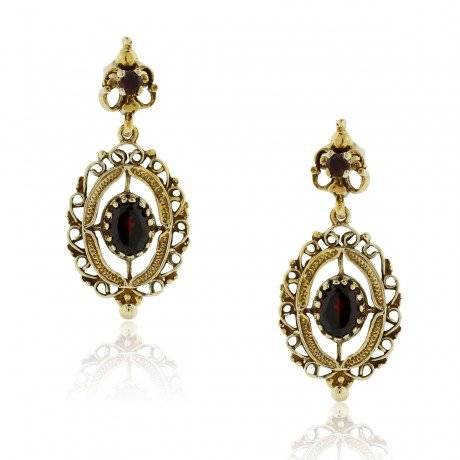
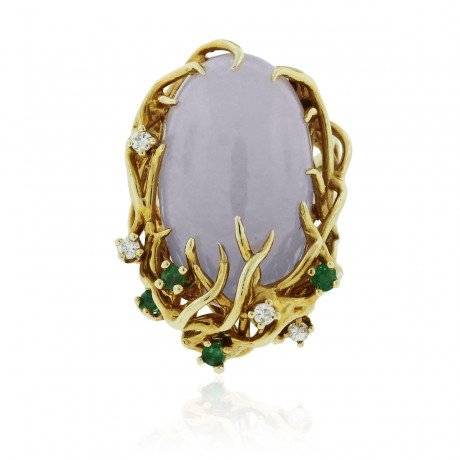
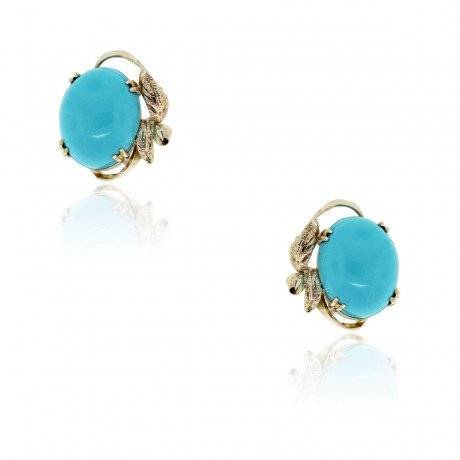
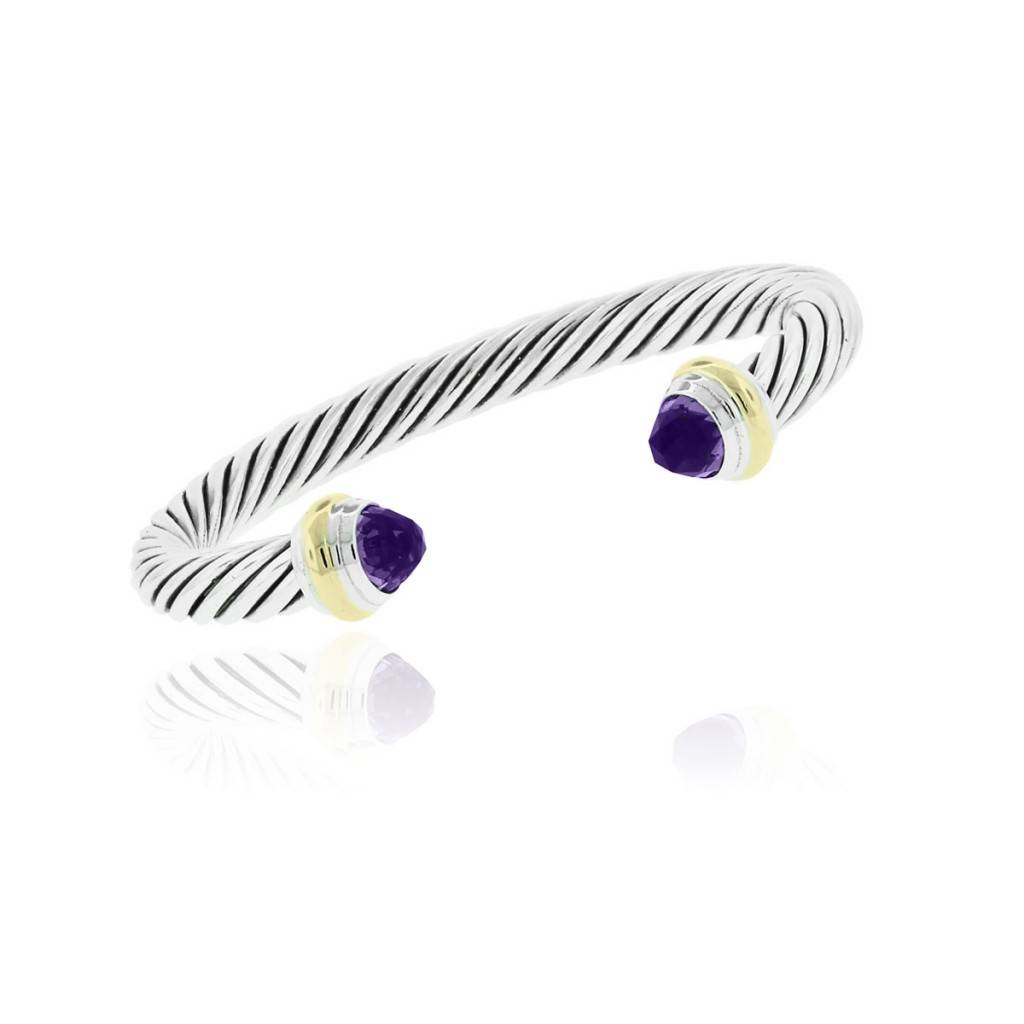

Comments are closed.